The House of Dolce & Gabbana began in 1985, founded by Domenico Dolce and Stefano Gabbana, who drew inspiration from their Italian roots. Domenico, hailing from Sicily, grew up in a family clothing business, while Stefano shifted from graphic design to fashion. Their first runway show featured the "Real Women" collection, setting the tone for their brand identity. Despite early challenges, including disappointing sales, their unique designs highlighted Sicilian culture and femininity. By the late 1980s, they gained international recognition, becoming icons of luxury fashion. Want to know how they maintained their legacy and evolved over the years?
Founders and Early Life
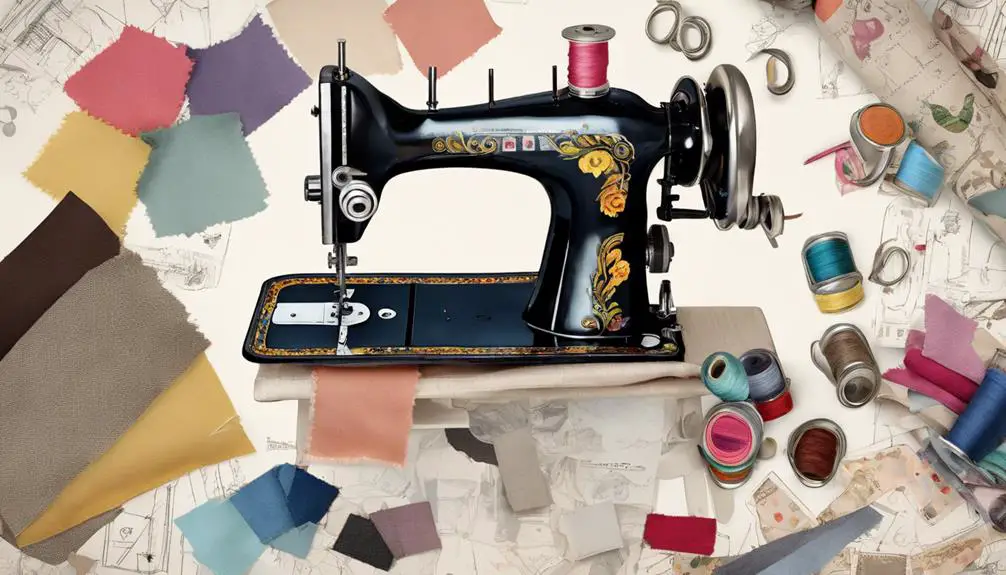
Domenico Dolce and Stefano Gabbana's journey into the fashion world began with their unique backgrounds. Domenico, born in Polizzi Generosa, Sicily, was immersed in clothing from an early age, thanks to his family's clothing business. On the other hand, Stefano grew up in Milan, where he initially pursued graphic design before realizing his true passion lay in fashion. Their paths crossed in 1982 while they both worked as assistant designers at the same fashion house. This meeting sparked a collaboration that would change the fashion industry forever.
In 1983, they took a significant step by establishing their first design consultancy studio. This venture laid the groundwork for what would become the iconic brand, Dolce & Gabbana. Their first runway show in 1985 marked a turning point, showcasing their debut women's collection. This event solidified their presence among the Italian designers, capturing the attention of the fashion world.
One standout element from their early collections was the Sicilian Dress, a design that reflected Domenico's roots and the rich Italian heritage they wanted to represent. This signature piece became synonymous with their brand, illustrating their commitment to blending traditional Italian elements with modern fashion.
As you explore deeper into their story, you'll see how these early experiences and influences shaped Dolce & Gabbana into a powerhouse in the fashion industry, setting the stage for their later success.
Establishment of the Brand
In just a few short years, Dolce & Gabbana transformed from a promising design duo into a renowned fashion powerhouse. Established in 1985 by Domenico Dolce and Stefano Gabbana, the brand quickly gained momentum and made a significant mark in the luxury fashion industry. Their journey began with their first runway show at Milan Fashion Week, where they showcased their inaugural womenswear collection, "Real Women." This event was pivotal, as it introduced the world to their unique vision.
By 1986, the duo took another bold step forward by launching their second collection. This collection not only captured attention but also helped solidify Dolce & Gabbana's reputation as a brand to watch in fashion.
Here are a few highlights from this exciting time:
- First Boutique in Milan: Opening their first boutique signified a major milestone, allowing fans to experience their designs up close.
- Expansion into Knitwear: In 1987, they introduced their first knitwear collection, showcasing their versatility and creativity.
- Commitment to Real Women: Their focus on designs for real women resonated deeply, setting them apart in a market often dominated by idealized images.
With each collection, Dolce & Gabbana continued to grow, establishing a brand that would become synonymous with luxury and innovation. Their ability to blend traditional craftsmanship with contemporary style laid the foundation for a legacy that remains influential today.
First Collections and Challenges
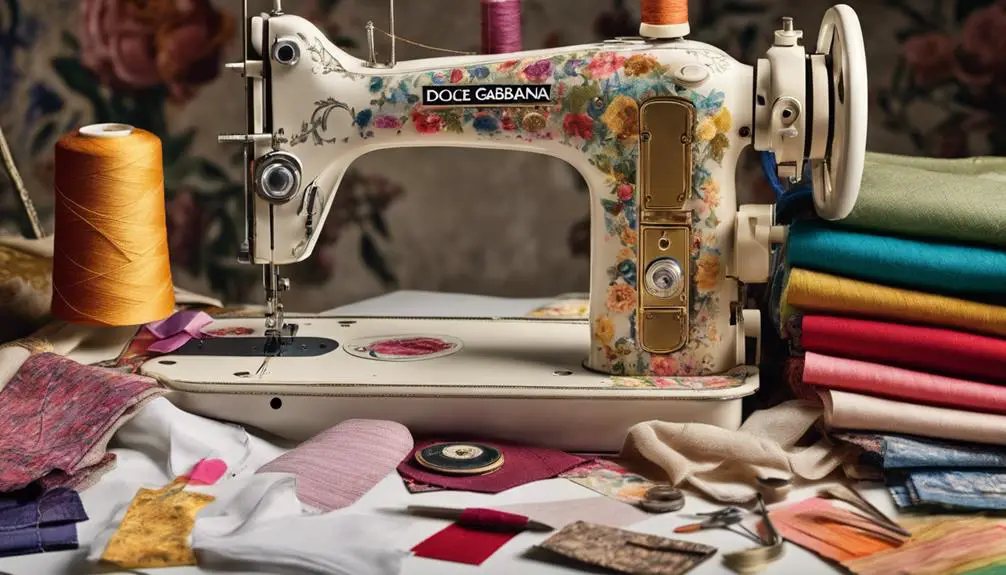
Steering through the early days of Dolce & Gabbana, the designers faced numerous challenges as they launched their first collections. Their first collection, titled "Real Women," debuted in 1986 and aimed to celebrate authentic female figures. However, the launch didn't go as planned, resulting in disappointing sales. To keep their dream alive, they turned to family for financial assistance. This support helped them navigate the rough waters of the fashion industry, which was marked by fierce competition and a need for strong branding, as highlighted in their evolution of vintage tag characteristics and evolution.
Despite these hurdles, the duo persevered. By the time they rolled out their fourth collection, they introduced the iconic "Sicilian Dress." This piece drew heavily from Domenico Dolce's Sicilian heritage and quickly became a signature look for the brand, showcasing their unique approach to fashion.
The Spring/Summer 1987 fashion show, aptly named "Trasformismo," marked a turning point for them. It featured innovative designs and enthralling runway presentations that captured the attention of industry insiders and potential clients.
Their early runway shows were remarkable for their creativity. Collaborating with friends as models and using everyday items, like a bed sheet as a curtain, the designers crafted an engaging atmosphere that made their collections stand out.
This blend of resourcefulness and creativity helped establish them firmly in the fashion industry. Through these first collections and the challenges faced, Dolce & Gabbana laid the groundwork for a brand that would eventually become a household name, resonating with women around the world.
Growth and Recognition
The rise of Dolce & Gabbana in the late 1980s marked a transformative period for the brand, as they expanded their offerings and began to gain international acclaim. Their commitment to authenticity and resourcefulness in design allowed them to stand out in a competitive landscape.
You could see their growth unfold with each new collection. By launching their first knitwear collection in 1987, they set the stage for a series of innovative designs that would captivate audiences, emphasizing their early collections and commitment to Mediterranean aesthetics.
Here are three key milestones in their journey:
- International Expansion: In 1989, they opened their first boutique in Japan, making a significant leap into the global fashion market.
- Woolmark Award: Winning the prestigious Woolmark Award in 1990 for their first menswear collection solidified their reputation among luxury brands.
- D&G Line Launch: In 1994, the introduction of the D&G line targeted a younger demographic, leading to impressive revenue growth from $50 million to $125 million by the mid-1990s.
Their collaboration with Madonna in 1993, where they designed over 1,500 costumes for her Girlie Show tour, further boosted their visibility and popularity.
This partnership showcased their ability to merge fashion with pop culture, drawing attention from fans and fashionistas alike. As they captured the spotlight in fashion shows around the world, Dolce & Gabbana's unique style continued to resonate with audiences, paving the way for their lasting legacy in the industry.
Cultural Impact and Legacy
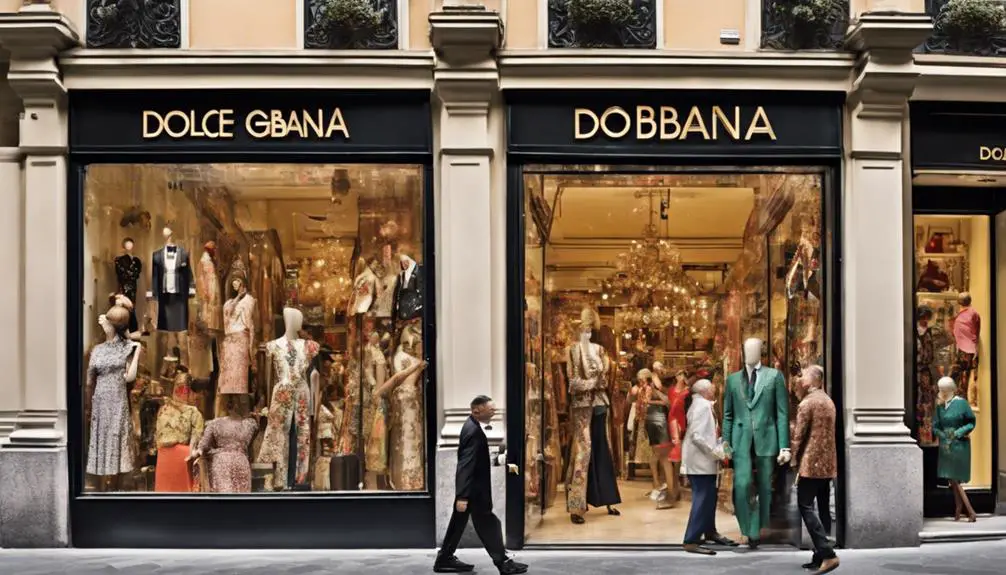
Throughout the 1990s, Dolce & Gabbana transformed the landscape of fashion and pop culture, leaving an indelible mark that continues to resonate today. With their iconic designs, like the beloved Sicilian Dress, they celebrated Italian heritage while showcasing femininity and cultural authenticity.
Madonna's partnership with the brand, which produced over 1,500 costumes for her Girlie Show tour, catapulted them into the limelight, cementing their influence in pop culture.
Their fragrances, such as Dolce & Gabbana Pour Femme and Pour Homme, garnered multiple awards, boosting their reputation in the beauty industry. This success was driven by a keen understanding of celebrity influence, as collaborations with high-profile stars kept the brand relevant and engaging.
However, their journey hasn't been without challenges. Controversial ads sparked backlash and raised critical discussions about cultural sensitivity, reminding everyone that fashion must respect and honor the cultures it represents.
Despite the ups and downs, Dolce & Gabbana's legacy as pioneers in luxury fashion remains strong. They've pushed boundaries, creating a lasting impact on both fashion and broader cultural conversations.
Their ability to navigate the complexities of modern marketing while staying true to their roots speaks volumes about their commitment to excellence. As you explore their story, remember that Dolce & Gabbana isn't just a brand; it's a cultural phenomenon that continues to shape the world of fashion and inspire future generations.
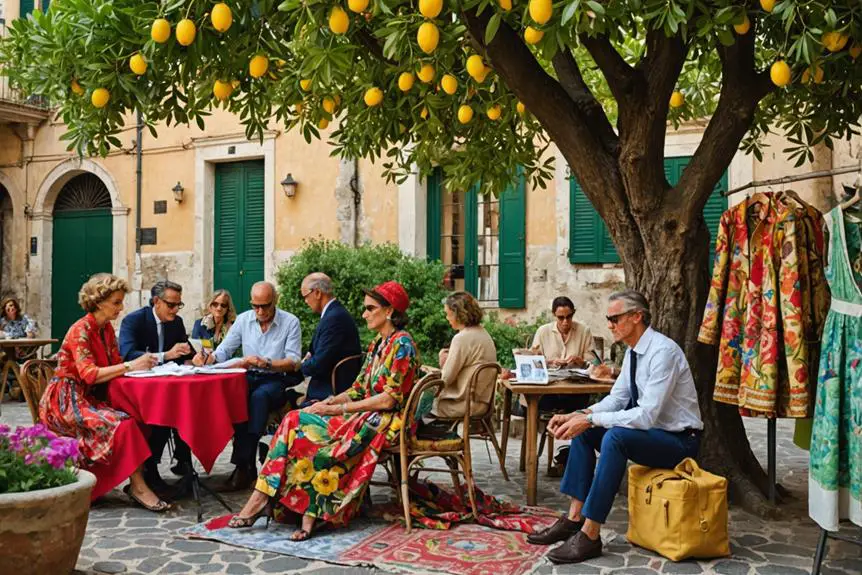


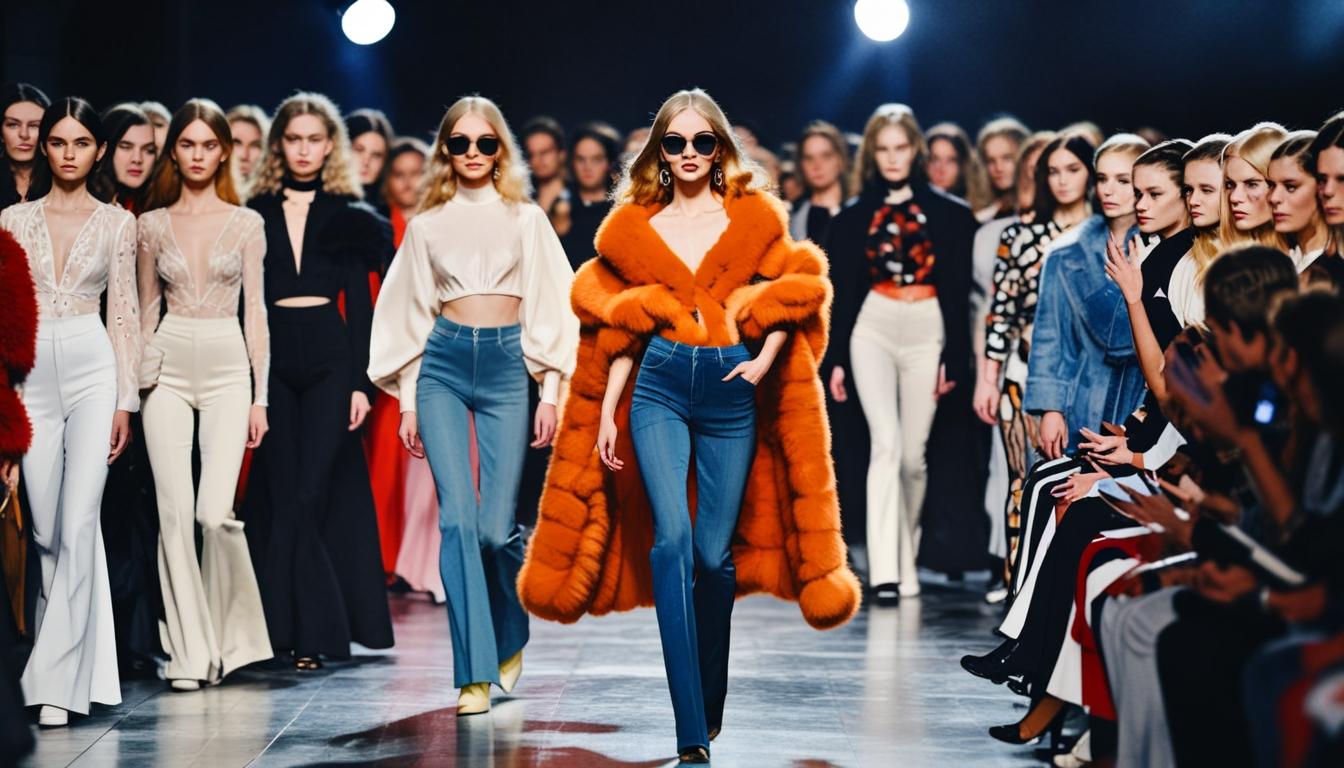
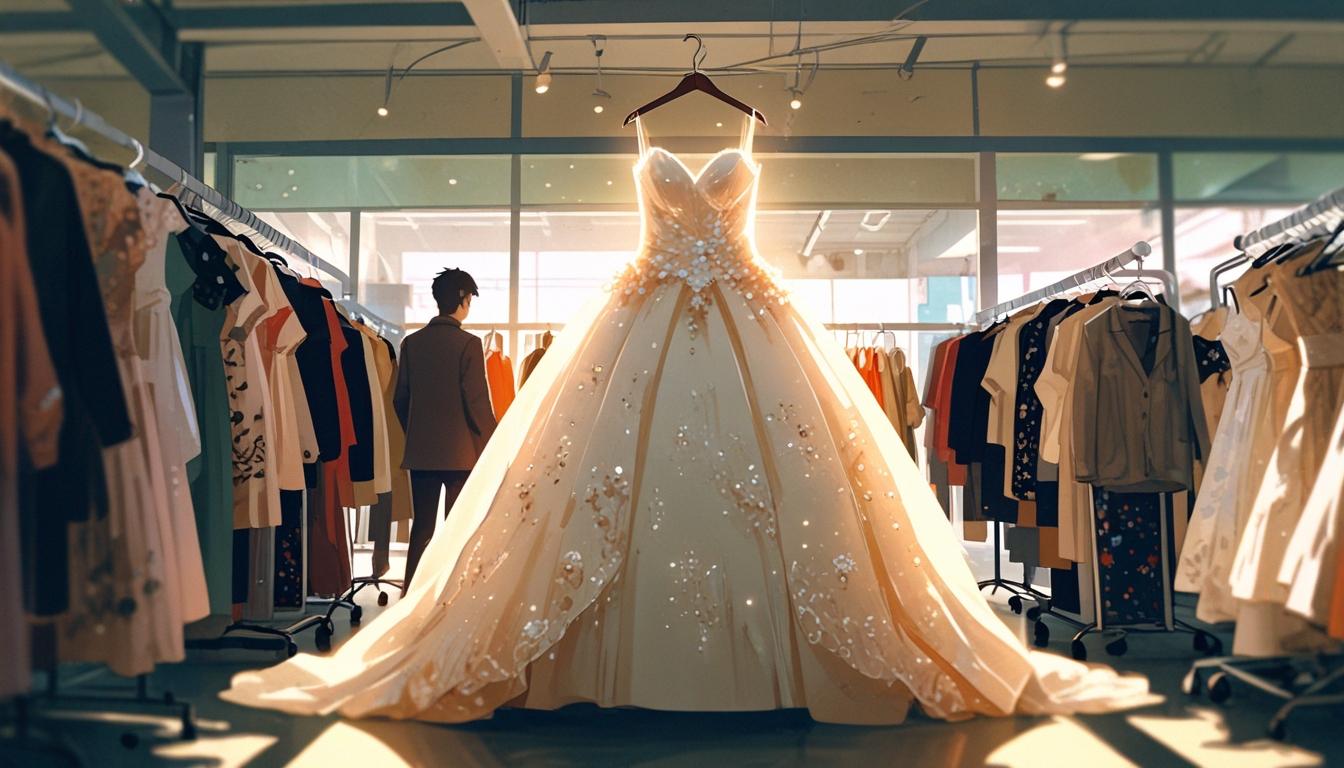
Great post, I believe blog owners should acquire a lot from this site its rattling user friendly.
Greetings I am so excited I found your web site, I really found you by error, while I was browsing on Digg for something else, Regardless I am here now and would just like to say thank you for a fantastic post and a all round entertaining blog (I also love the theme/design), I don’t have time to look over it all at the minute but I have bookmarked it and also included your RSS feeds, so when I have time I will be back to read a lot more, Please do keep up the great job.